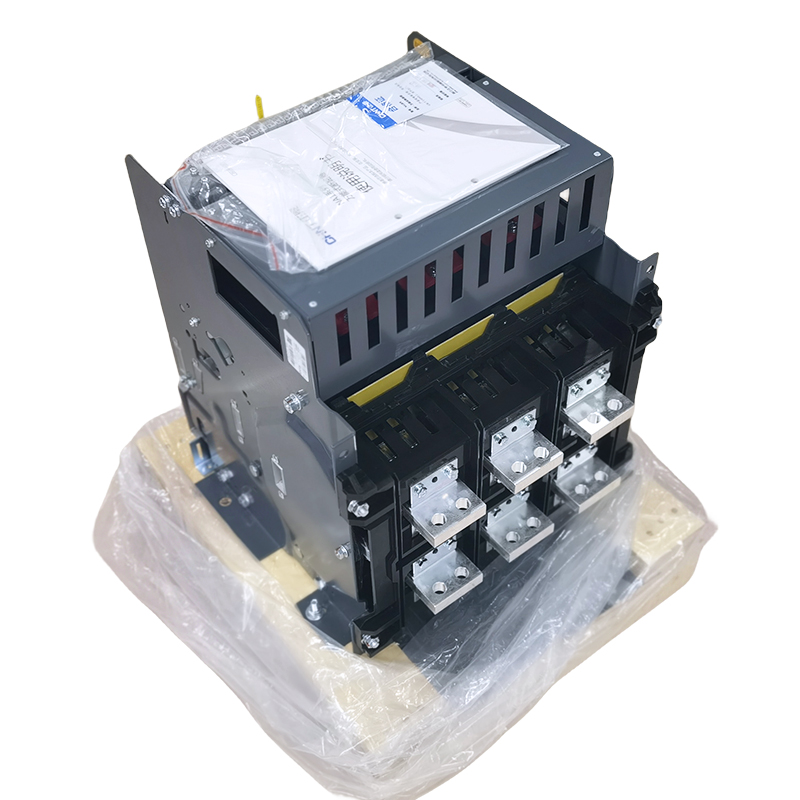can a diode be used as a swr power meter
 A diode can be used as a key component in a(SWR)meter, specifically as a **detector or rectifier**, but it cannot function as a complete SWR power meter on its own. Here's a breakdown of its role and the broader context:
A diode can be used as a key component in a(SWR)meter, specifically as a **detector or rectifier**, but it cannot function as a complete SWR power meter on its own. Here's a breakdown of its role and the broader context:
1. **Diode's Role in SWR Power Meters**
An SWR power meter measures the ratio of incident (forward) and reflected (reverse) power in a radio frequency (RF) system. To do this, it relies on **diode-based detectors** to convert RF signals into measurable DC voltage signals:
(Detection)**:
A high-frequency diode (e.g., a Schottky diode, chosen for its low forward voltage drop, fast switching speed, and low junction capacitance) acts as a **rectifier**. It converts the AC RF signal into a pulsating DC signal, which is then filtered to a smooth DC voltage proportional to the RF power.
(Forward/Reverse Power Sensing)**:
The meter uses two diodes (or diode-based circuits) paired with a * (directional coupler)** to separate forward and reverse power signals. Each diode detects one direction, and the ratio of their outputs determines the SWR.
2. **Why a Diode Alone Isn't Sufficient**
While the diode is critical for signal detection, a functional SWR meter requires additional components:
(Directional Coupler)**: Separates forward and reverse waves in the transmission line.
(Filtering and Signal Conditioning)**: Capacitors and resistors to smooth the rectified DC signal and amplify it if needed.
(Display/Measurement Circuit)**: A microcontroller, analog meter, or digital display to calculate and show the SWR value.
(Calibration and Linearity)**: Diode response is non-linear (e.g., logarithmic for low-power signals), so circuits must compensate for this to ensure accurate readings across the power range.
3. **Practical Considerations**
(Diode Type)**:
Schottky diodes (e.g., 1N5819, BAT85) are preferred for RF applications (up to GHz frequencies) due to their minimal capacitance and high efficiency. Standard silicon diodes are unsuitable for high-frequency use.
(Power Range & Sensitivity)**:
The diode’s forward voltage drop limits its use for very low-power signals (e.g., <1 mW). For low-power applications, more sensitive detectors (e.g., integrated circuit power detectors) may be better, but diodes remain common in simple, low-cost designs.
- ** (Temperature and Stability)**:
Diode characteristics vary with temperature, so precision SWR meters include temperature compensation or use matched diodes for forward/reverse channels to minimize errors.
4. **Example of a Simple Diode-Based SWR Meter Circuit**
A basic design might include:
1. A directional coupler to sample forward/reverse RF power.
2. Two Schottky diodes to rectify each sampled signal.
3. RC filters to convert the rectified pulses to DC voltages.
4. A differential amplifier or analog meter to compare the two DC voltages and compute SWR.
(Conclusion)
Yes, a diode is a fundamental component in SWR power meters, serving as the RF-to-DC converter. However, it must be part of a larger circuit that includes a directional coupler, signal conditioning, and a display mechanism. The diode’s suitability depends on its type (e.g., Schottky for RF), frequency range, and the overall design’s requirements for accuracy and power handling. For most practical purposes, diodes are widely used in DIY and commercial SWR meters due to their simplicity and cost-effectiveness.


